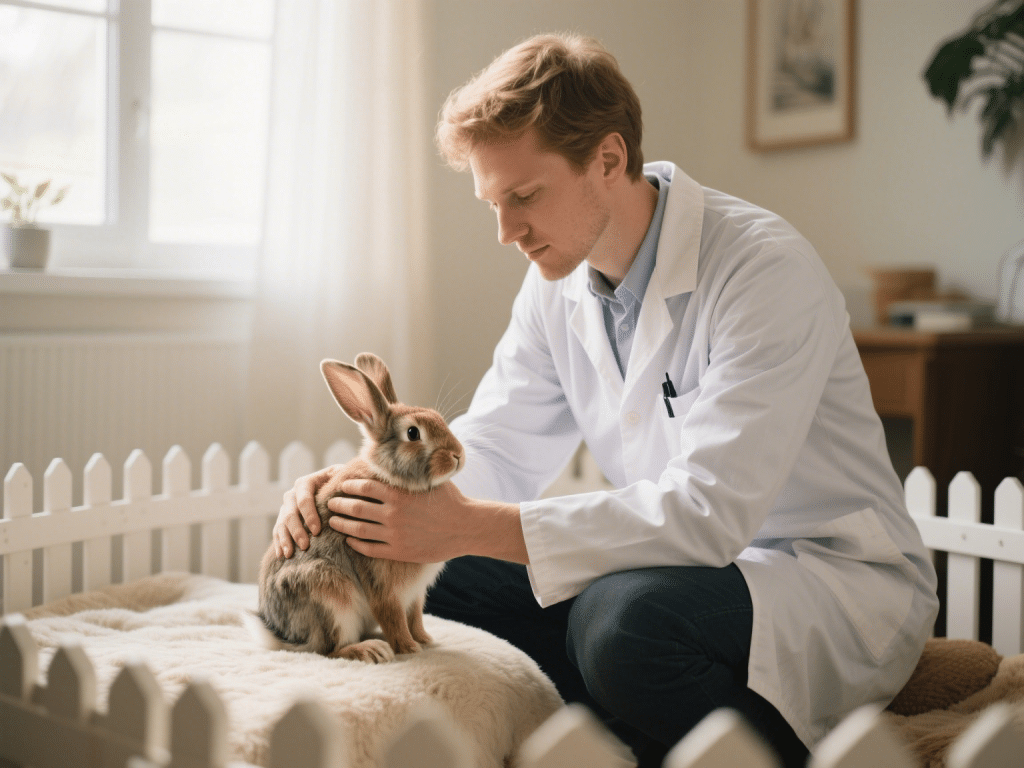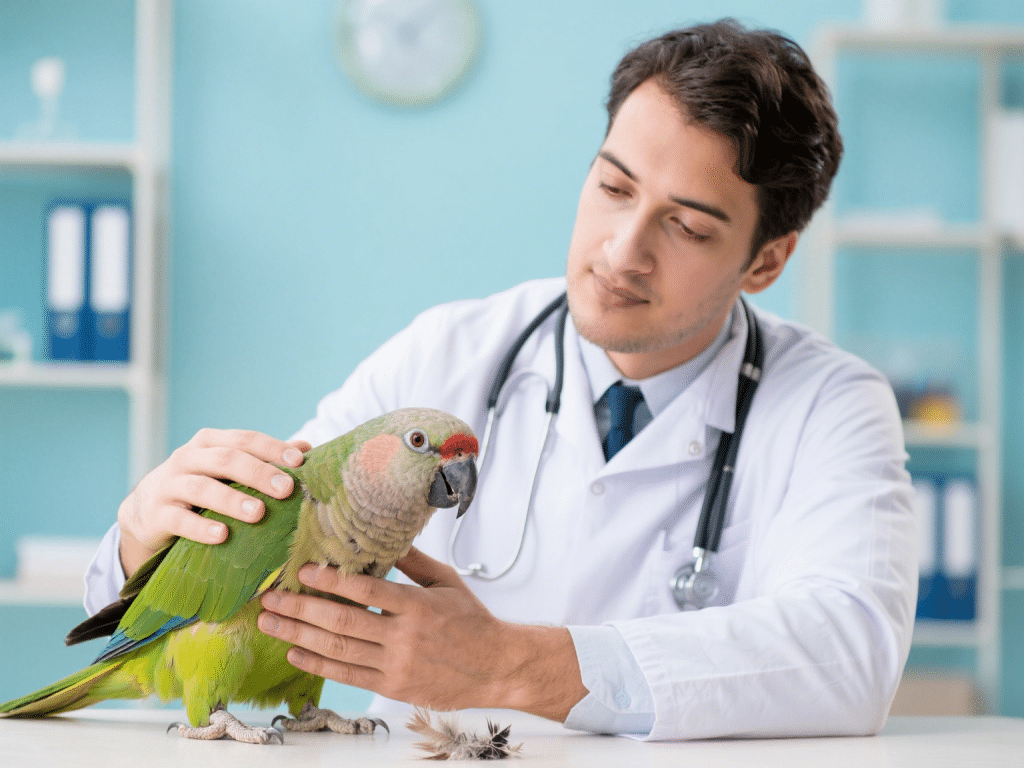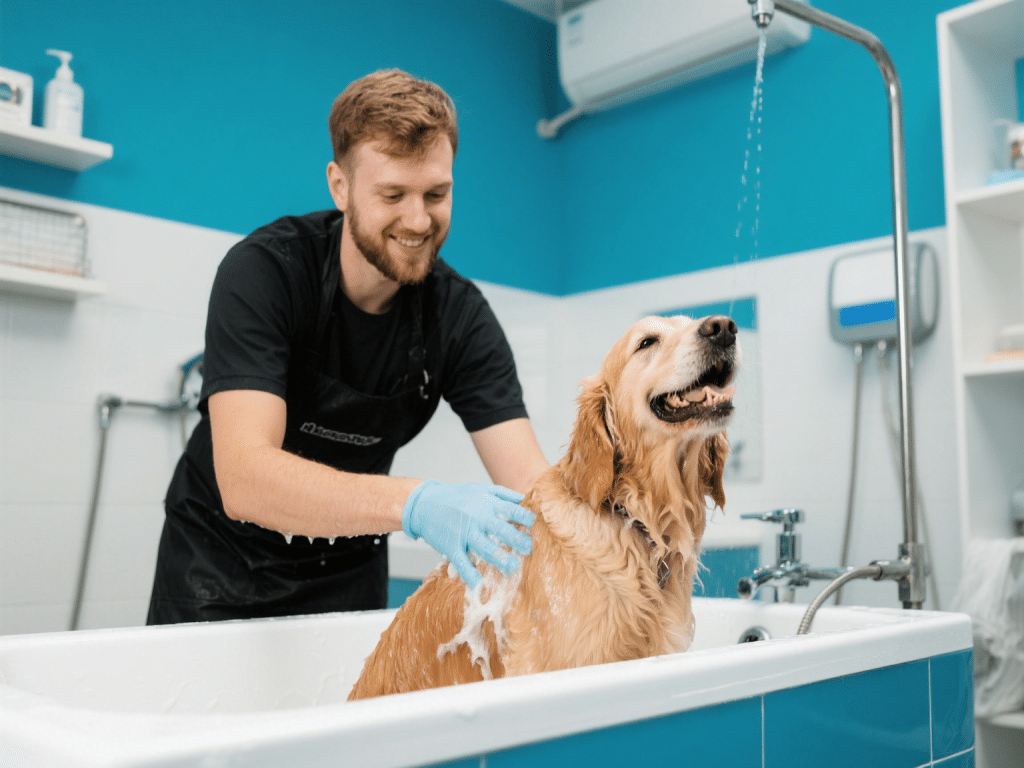Understanding Feline Hyperthyroidism: Treatment Options and Home Care

Hyperthyroidism affects up to 10% of senior cats, leading to weight loss, increased appetite, and restlessness. If untreated, it strains the heart and kidneys, shortening your cat’s lifespan. As a board-certified feline internist, I’ll guide you through diagnosis, current treatment modalities, and practical home-care tips to manage this endocrine disorder effectively.
1. Pathophysiology & Risk Factors
Hyperthyroidism results from overproduction of thyroid hormones—typically due to benign thyroid adenomas. Common risk factors include:
Age: Most diagnoses occur in cats over 10 years.
Dietary Influences: Possible links to iodine levels and canned food packaging.
2. Recognizing the Signs
Weight Loss with Polyphagia: Despite eating voraciously, cats lose lean muscle mass.
Hyperactivity & Vocalization: Restlessness and nocturnal “meowing.”
Gastrointestinal Upset: Vomiting and diarrhea in some cases.
3. Diagnostic Workup
Physical Exam: Palpable thyroid “lumps” near the larynx in ~50% of cases.
Blood Tests: Elevated total T4 confirms hyperthyroidism; free T4 can help in borderline cases.
Additional Screening: ECG and blood pressure measurement to assess cardiac effects.
4. Treatment Modalities
Antithyroid Medications: Methimazole tablets or transdermal gel to inhibit hormone synthesis.
Radioactive Iodine (¹³¹I) Therapy: Single-dose treatment that selectively destroys overactive thyroid tissue—high cure rate with minimal side effects.
Surgical Thyroidectomy: Less common due to anesthesia risks in seniors.
5. Home Management & Monitoring
Medication Administration: Methimazole requires twice-daily dosing; monitor for side effects such as vomiting or blood count changes.
Dietary Therapy: Prescription low-iodine diets can normalize thyroid levels within weeks.
Regular Rechecks: T4 levels and renal panels every 3–6 months.
6. Supportive Care
Cardiac Monitoring: Beta-blockers like atenolol may be needed for tachycardia or hypertension.
Nutritional Support: High-quality protein to preserve muscle mass and palatability for picky eaters.
Conclusion
With timely diagnosis and a tailored combination of medical, nutritional, and monitoring strategies, hyperthyroid cats can lead comfortable, fulfilling lives. Partner closely with your veterinarian to choose the best treatment path for your feline friend.









Comments on "Understanding Feline Hyperthyroidism: Treatment Options and Home Care" :